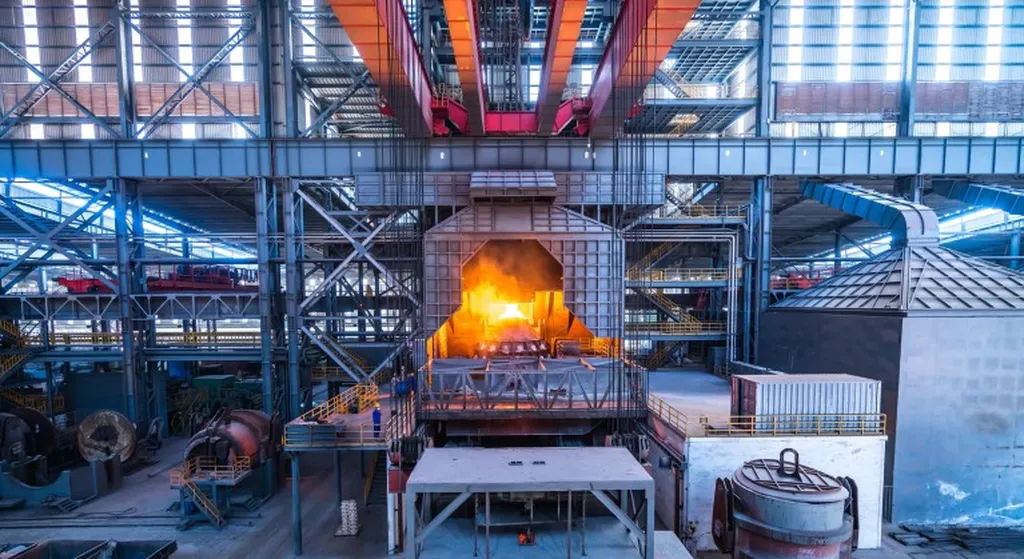In a significant stride toward carbon capture technology, researchers at the University of Science and Technology Beijing have developed a novel method for capturing high-temperature carbon dioxide using porous materials embedded with terminal zinc hydride sites. This breakthrough, published in the journal *Green Carbon* (translated from its Chinese title), could have profound implications for the energy sector, particularly in industries where high-temperature carbon dioxide emissions are a persistent challenge.
The study, led by Zhuoshen Huang from the School of Materials Science and Engineering, introduces a new approach to carbon capture that leverages the unique properties of zinc hydride. “The key innovation here is the use of terminal zinc hydride sites within porous materials,” Huang explained. “These sites exhibit a strong affinity for carbon dioxide, even at elevated temperatures, making them highly effective for capturing emissions in industrial settings.”
Traditional carbon capture methods often struggle with high-temperature environments, where the efficiency of capture materials can diminish. The new research addresses this limitation by utilizing zinc hydride, which remains stable and effective under these conditions. This could be a game-changer for industries such as steel production, cement manufacturing, and power generation, where high-temperature processes are common.
The commercial impact of this research is substantial. By improving the efficiency and reliability of carbon capture at high temperatures, industries can reduce their carbon footprint more effectively, potentially lowering compliance costs and enhancing their environmental credentials. “This technology has the potential to revolutionize carbon capture in high-temperature industries,” Huang noted. “It offers a more sustainable and economically viable solution for reducing emissions.”
The research also opens up new avenues for further innovation in materials science. The use of porous materials with terminal zinc hydride sites could inspire the development of other advanced materials tailored for specific industrial applications. As the energy sector continues to seek sustainable solutions, this breakthrough could pave the way for more efficient and effective carbon capture technologies.
In the broader context, this research underscores the importance of interdisciplinary collaboration in addressing global challenges. By combining insights from materials science, chemistry, and engineering, researchers are developing solutions that could shape the future of the energy sector. As industries strive to meet increasingly stringent environmental regulations, innovations like this will be crucial in driving progress toward a more sustainable future.

